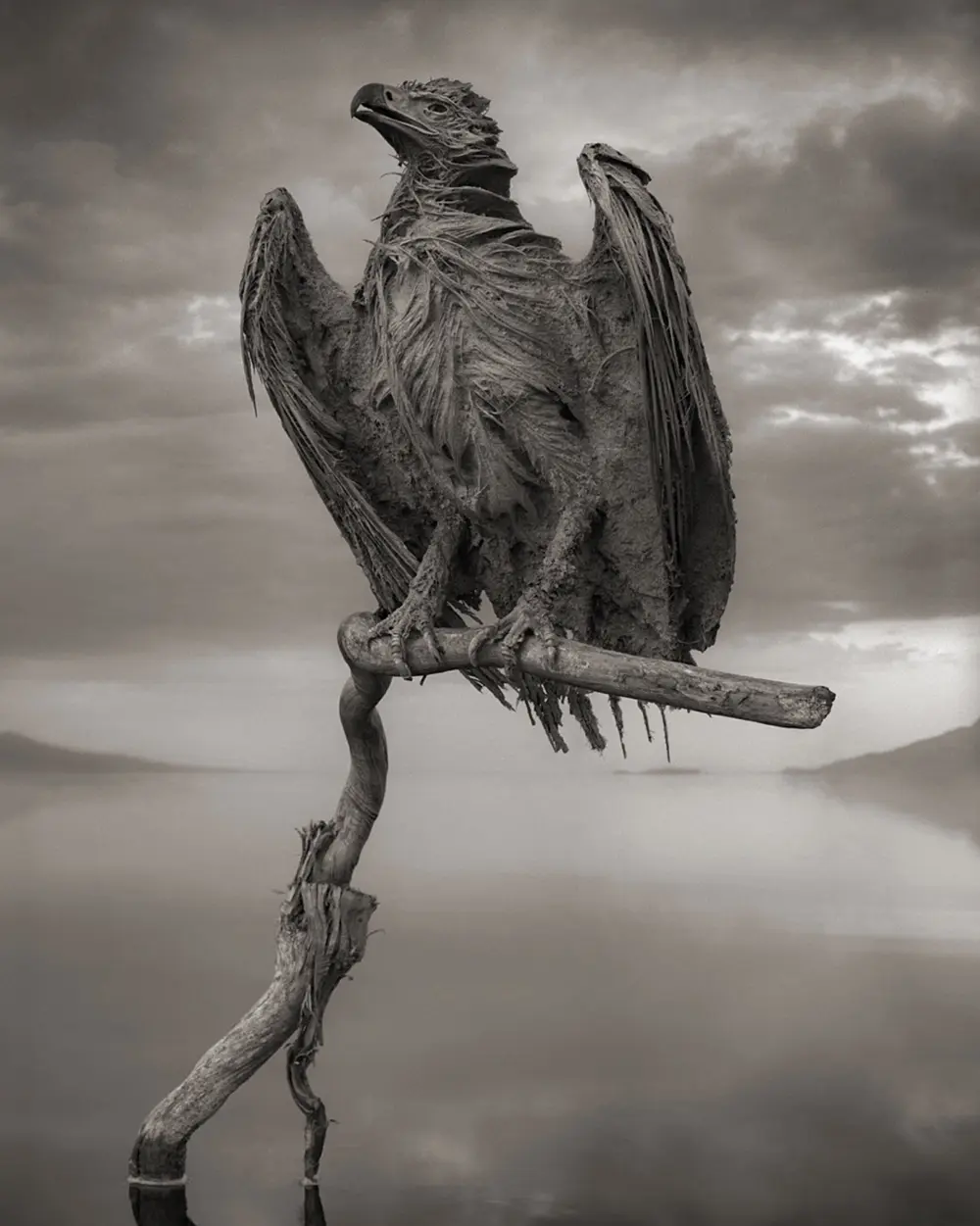Tanzania’s Lake Natron: Most Dangerous Lake on Earth Serves as Breeding Grounds for Endangered Flamingos
With a name like a Transformer and almost deadly waters, Lake Natron serves as the only known breeding grounds for Lesser Flamingos
We always admire something first by its looks and anybody who says otherwise is a fool. Take the beautiful Natron Lake in Africa’s Great Rift Valley for example, which at first appears to be a stunning wonder of nature. But don’t let the handsome salty marshes along this deep red lake fool you, as it is one of the most inhospitable areas on the planet.
The lake is nearly as basic in nature as ammonia and salt-loving organisms and algae give it a deep red hue. This salty water body makes life almost impossible. While the alkalinity of the water can mummify the unlucky animals falling in the lake, cyanobacteria have made it their home and given the lake its signature red and orange shades. This algae growth in turn has fostered the development of Lesser Flamingo nests around the lake.

Image: CN Traveler
Lesser flamingos primarily feed on cyanobacteria, which grow in abundance in the high alkaline lake. Additionally, the cyanobacteria spirulina present in the toxic lake is responsible for the birds’ amazing coloring. While the bacteria is dark blue-green in color, it contains photosynthetic pigments called carotenoids. Moreover, the isolated surroundings that threaten all other life offer safe nesting and breeding grounds for these waterfowls.
Also Read: 17 Insanely Beautiful Natural Wonders of The World
Astoundingly, over two million flamingos come to the lake every year, which is considered one of their only breeding grounds. This has made the preservation of this highly unusual lake a big environmental concern.

Image: Tony Karumba/AFP
In the past, many people opposed bringing in fresh water to the lake from the Ewaso Ng’iro River, which would have disrupted the ecological balance of the lake. Apparently, if the salinity of the lake water declines, the cyanobacteria will diminish, consequently causing a habitat loss for the endangered flamingos.
The alkalinity of the lake water comes from the sodium carbonate and other minerals that flow down to the lake from the surrounding hills. Despite its deadly nature, sodium carbonate acts as a brilliant preservative for the animals that fall in the water and die.
Earlier last decade, wildlife photographer Nick Brandt made corpses of small animals around Lake Natron as models for a haunting photographic series.

Image: Nick Brandt

Image: Nick Brandt

Image: Nick Brandt

Image: Nick Brandt
Via: Atlas Obscura


